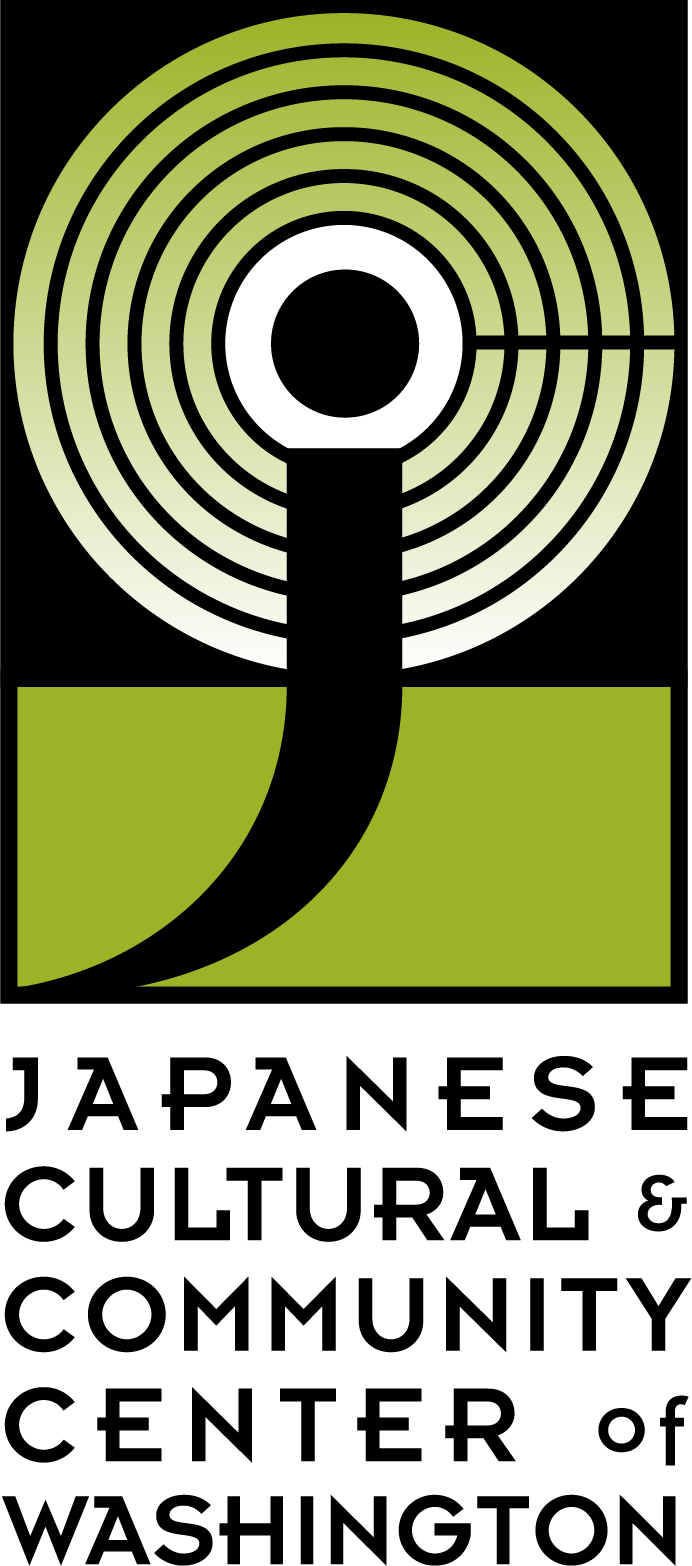What is Setsubun? Get a bean and warm up your throwing arm
Setsubun festivities at Rozanji Temple in Kyoto, Japan. (Photo: ©Christian Kaden / www.Japan-Kyoto.de, Creative Commons)
BY SONOKO FUJITA
Setsubun is always held on February 3, when many Japanese celebrate the beginning of Spring, but also the Lunar New Year. The original meaning of Setsubun “節分” is “the day between seasons”, and the word refers to the last day of winter.
There are several traditions of Setsubun, but the most popular custom is bean throwing.
Shrines and temples across Japan hold events where people connect and throw roasted soybeans against people dressed as Oni, or ogres, to get rid of evil spirits and illness. The custom is also used to promote good fortune.
Bean throwing is held at home, too. Back in Japan, we throw roasted soybeans out the door and shout "鬼は外!福は内!(Oni-wa-soto! Fuku-wa-uchi!: Out with evil! In with fortune!)". After that, we eat a specific number of soybeans that coincides with our age. We hope the year brings happiness and good health.
Each family has their own way of bean throwing. In my family, we throw beans in each single room in our house, so we needed to pick beans up after we were done with one room.
Since the number of beans were limited and we wanted to throw beans a lot, my sisters and I competed to pick beans up.
Regardless of how you celebrate, Setsubun is a fantastic Japanese event where you can have fun and wish happiness. If you have never done Setsubun, you should definitely do it this weekend!
Learn more about the Tsubaki Grand Shrine of America's Setsubun here.

